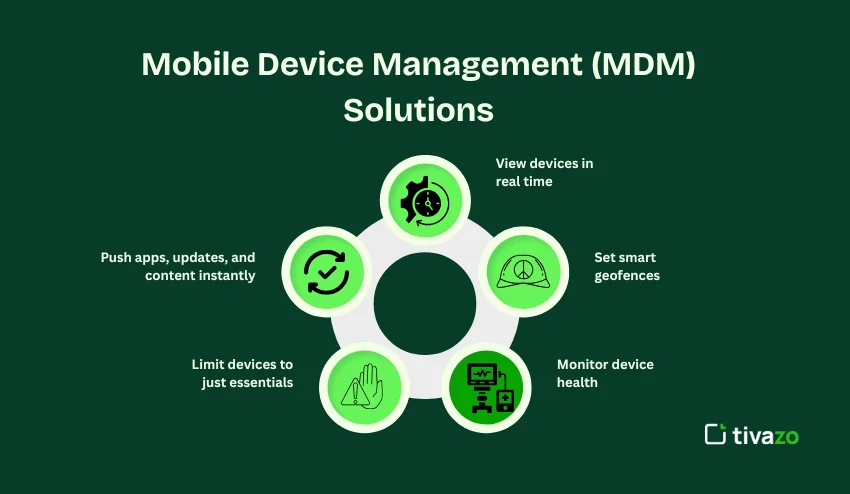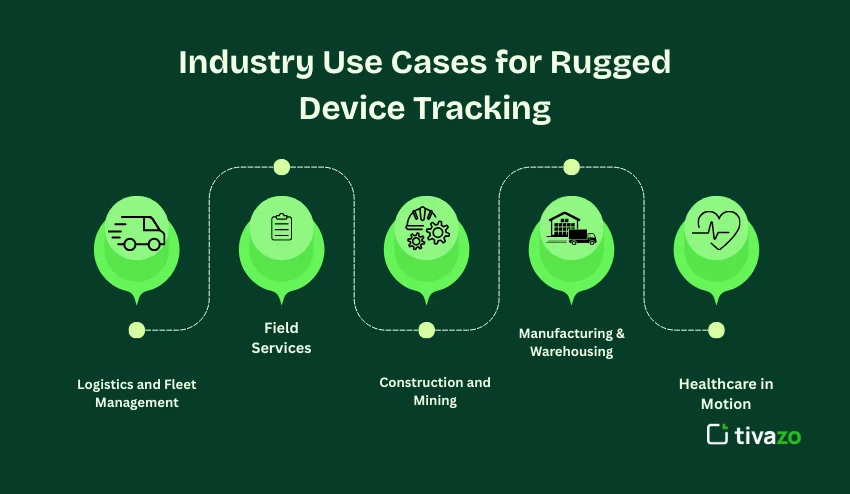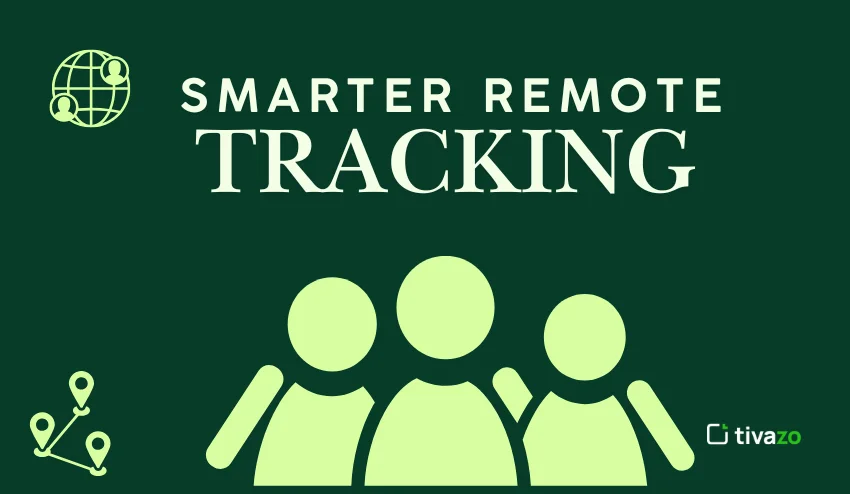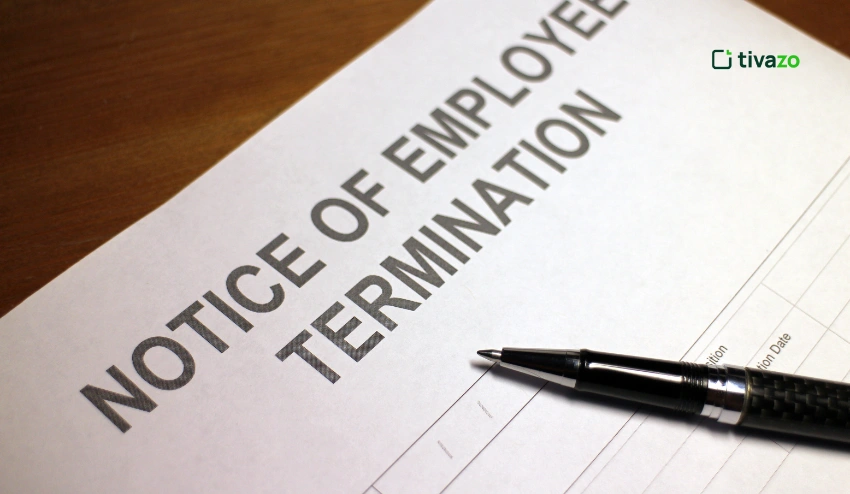In logistics, in construction, in healthcare, and in manufacturing, workers are considered remote when they work in the field, on the road, and across large physical sites. For businesses to keep their productivity, safety, and customer satisfaction intact and high, tracking remote workers has become a necessity.
That is where rugged devices come into play. Built to the extreme and prepared for the enterprise, rugged devices are Zebra handhelds that many warehouses and delivery fleets use as smarter, more dependable ways to track remote teams. Paired with MDM solutions, these handhelds help keep everything visible in one place while helping streamline operations.
Why Is Remote Tracking Necessary?
Certainly, remote tracking does not track every step; in complex settings, it gives a direction and maintains control. Without proper tracking, businesses face delays, missed deadlines, and hazards to safety.
Here is why it matters:
- Operational visibility: Managers may come to learn at which position employees are, what they are working on, and how the work in progress is going along the schedule.
- Customer trust: Customers always want to remain informed and updated in real time regarding the delivery of their work, services, or repairs.
- Employee safety: This keeps teams working in remote tracking or hazardous conditions connected and supported.
- Accountability: With this, there are no disputes, and all compliance requirements are duly met.
This is the basis of operational efficiency for modern businesses-tracking smart.

Challenges of Rugged Devices Remote Tracking
Even where workers are equipped with durable hardware, businesses face the following challenges in effectively tracking teams:
- Network gaps in remote tracking or rural areas lead to patchy networks, which reduce real-time updating.
- Battery life is affected because the constant GPS tracking reduces device uptime if not well optimized.
- Managers may have challenges getting good insights because of too much tracking data.
- Integration challenges: Information requiring matching with an ERP system, a CRM system, or the logistics systems to be fully exploited.
- Privacy issues: Workers will not willingly embrace tracking unless it has been well explained, whether for their safety, efficiency, or accountability.
The right challenges require the right tracking approach and the right tools.
How to Remotely Track Rugged Devices?
There are several ways companies attempt to track remote tracking teams using rugged devices:
1. Manual Reporting
Employees report their status by phone or written logs. This is the least efficient method, prone to errors, delays, and miscommunication.
2. Consumer GPS, or Tracking Apps
Apps on general devices can track locations, but typically lack durability and centralized control, and integration with enterprise workflows.
3. Standalone Fleet Tracking Systems
Convenient in logistics, these systems can provide vehicle data, but they can typically stop there as they are one-dimensional beyond just a vehicle and may not incorporate a worker, a device, and task management.
4. Mobile Device Management (MDM) Solutions
Managing rugged devices doesn’t need to mean using five different tools. With an MDM platform designed for hardware such as Zebra mobile computers, or solutions like Workwize, IT teams have one dashboard that covers everything they need for remote tracking of teams.
From the dashboard, they can:
- View devices in real time
No more fishing for location updates. Managers can bring up live locations and instantly know where the workforce is.
- Set smart geofences
Want to know if a delivery truck leaves its route or if a device strays outside a job site? Geofencing alerts make sure nothing slips past unnoticed. - Monitor device health
Battery power, connectivity, storage, and MDM track it all to make sure devices don’t just die in the middle of a shift. - Limit devices to just essentials
By locking a device into kiosk mode, only work-related applications and features remain accessible. This prevents distraction or misuse of devices. - Push apps, updates, and content instantly
Whatever is needed, whether it’s a new application, patch, or updated document/file, it can be sent directly to field devices immediately and without any manual installations needed.
This complete functionality makes MDM the easiest & most effective way to track rugged devices and, therefore, track remote teams.

Industry Use Cases for Rugged Device Tracking
1. Logistics and Fleet Management
Drivers are using rugged handhelds like Zebra TC series devices to scan barcodes, log deliveries, and update routes. With MDM device tracking, managers know exactly where shipments are at all times.
2. Field Services
Utility technicians and telecommunications engineers are able to update work tickets, capture photos, document service activity, and track their devices for the reassignment of work and support.
3. Construction and Mining
Rugged tablets facilitate attendance recording, track entry to hazardous zones, and log safety checks. Geofencing also keeps unauthorized personnel out of restricted areas.
4. Manufacturing and Warehousing
Rugged devices double as scanners and workflow trackers. In many warehouses, Zebra handhelds and scanners are used daily as part of efficient 3pl kitting services. With proper management, managers see worker locations, device usage, and progress on production lines.
5. Healthcare in Motion
Field doctors and emergency responders use rugged tablets for patient data entry while their movements are tracked for coordination and rapid deployment.

Benefits of Rugged Device Management for Remote Tracking
Rugged devices with MDM aren’t just for “finding where people are.” They actually change how work gets done.
- See what’s really happening
Managers don’t have to guess anymore. They get a live view of teams in the field—who’s working where, and what progress looks like at the moment. - Less fiddling, more doing
Lock the device into kiosk mode, keep apps auto-updated, and suddenly there’s no wasted time fixing glitches. It’s simple, but it saves hours. - Downtime? Cut short.
When something goes wrong, IT doesn’t have to wait for the device to come back. They can jump in remotely. Add health alerts and geofencing, and issues get flagged before they grow into full-blown problems. - Spending less in the long run
Sure, rugged gear plus MDM costs upfront. But fewer device swaps, less IT back-and-forth, and smoother operations end up saving real money. - Data stays locked down
A lost or stolen device doesn’t have to be a nightmare. IT can lock it, wipe it, or block access. Sensitive files don’t slip into the wrong hands.
- Worker safety nets
SOS buttons, alerts when someone enters a danger zone, and geofencing provide a layer of safety that is impossible to measure accurately. - Fact-based decisions
Usage logs, performance data, and movement patterns are not just data points; they tell leaders where the bottlenecks are and where they want to improve.
At the end of the day, rugged device management turns tough devices such as Zebra scanners in a warehouse, or rugged tablets out in the field, into more than tools. They become assets that actually drive the business forward.
Simplify Remote Team Tracking with Rugged Device MDM Solutions
Let’s be honest, the needs for remote tracking go beyond the efficiency of a helmet. Think about it, teams while in the field need more than rugged hardware. They need to be safe and secure, work without constant technical annoyances, and communicate back to managers. Rugged devices accomplish the “ruggedness” part. MDM platforms like geolocation solution Platform + the MDM Platform handle the rest, offering visibility, control, and security all in one place and platform.
The outcome? Smarter tracking and, when decisions need to be made, a faster call. Operations grow without becoming a frustrating effort. Put simply, rugged hardware and the MDM Device platform and MDM Platform is durability meets intelligence.
The Importance of Remote Tracking with Rugged Devices
Visibility into your workforce–in real-time: You can see your team across multiple jobsites at any time to have present labeling, avoiding second-guessing or waiting to get a report back about what is actually happening.
Improved decision-making: Remote tracking provides relevant leaders in an organization with real-time information to accurately reassign resources, route a fleet, or react to an emergency.
Enhancing safety in work: Many rugged devices have SOS alerts and geofencing capabilities to help keep employees safe in dangerous work environments.
Integrating workflow: Remote tracking data can integrate with ERP, CRM, or logistics systems to provide an effective and consolidated view of your operational workflow.
Increase productivity: Live updates let managers quickly find out if workers are officially working, identify bottlenecks, limit downtime, and keep everything running on time.
Cost-effective: Remote tracking will save you on device losses, reduce unnecessary overtime costs, and cut down on IT maintenance.
Better customer experience: Customers benefit from real-time updates so they know that their delivery, service, or repair will be on time.
Remote tracking is the business strategy of scaling your workforce safely and efficiently. It is more than simply leveraging rugged devices with MDM; it is about being able to improve your business strategy.
Conclusion
Remote tracking is now an essential process rather than an optional one for contemporary companies working in logistics, construction, healthcare, manufacturing, and more. Rugged devices offer the strength to perform under difficult conditions, while the MDM solutions offer the visibility, control, and security to allow more visibility or control over operations. All three ensure safer Teams, smarter decisions, and more optimized workflows. Companies that invest in rugged device management for remote tracking can achieve proactive operational efficiency and a modular competitive advantage that lasts long into the future.




